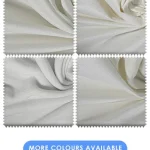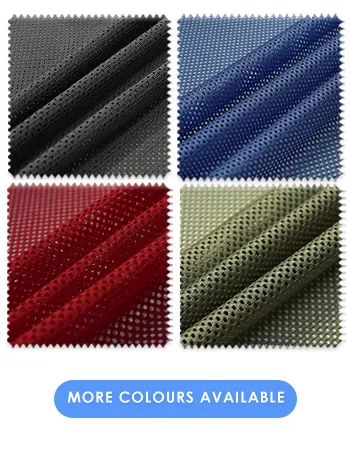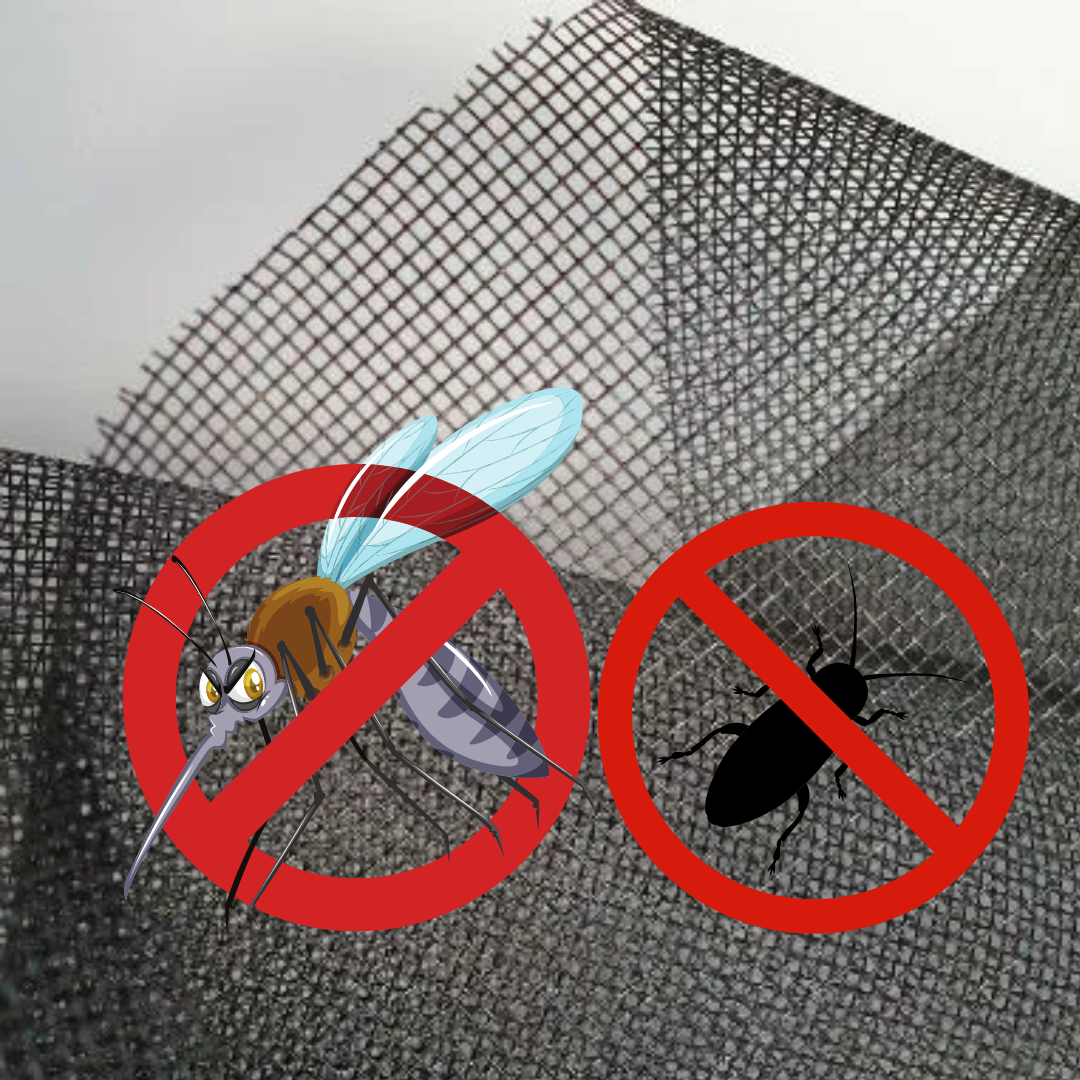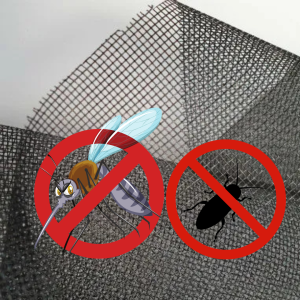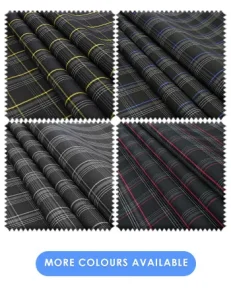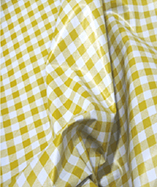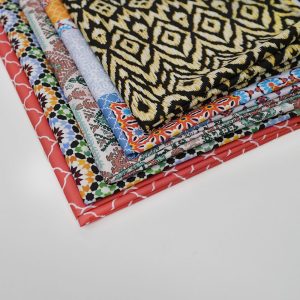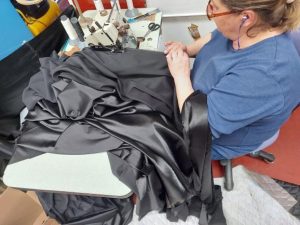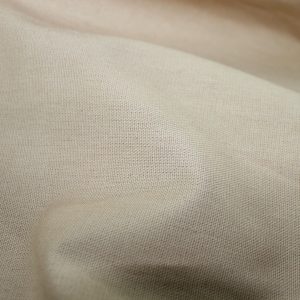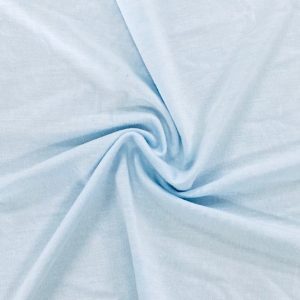Caring for fabrics – Linen
Linen has been popular for hundreds of years thanks to being an extremely strong and versatile fabric. In fact, it can have as much as two times the strength of other popular fabrics, such as cotton, which is why it has been used for tablecloths and suit wear for many years.
This versatility has also helped it to become one of the most popular fabrics for enthusiasts to work with as well. Of course, like any fabric, it is important to take care of your linen items properly.
Washing
Wherever possible linen should be washed by hand, especially if you have worked with it yourself and included dyes or unique patterns. Alternatively you can opt to dry clean it, but this is not as reliably safe as the hand washing method.
Use water with a cool temperature to ensure the material doesn’t get damaged. While some linens are today being developed to be machine washable, we find it’s best not to take the risk. At least with items that hold personal value. Be as gentle as you can while washing and avoid chlorine bleaches when washing white linens, as this may end up dying them.
Like cotton, linen wrinkles and creases quite easily, however it is very easy to iron these creases out of the fabric. It goes without saying that you should be careful with the iron to ensure you don’t end up burning it.
Colours
Happily linen is one of the easier fabrics to add colour to, as it will readily accept most dyes and, assuming you wash it correctly, will maintain the colour for many years afterwards with only minimal fading after repeat washes.
There are a number of guides floating around online, including this handy one from ehow.co.uk, that demonstrate how best to dye your linen. Just be patient and don’t try to rush things and you will have a gorgeously coloured fabric in no time.
Storage
Linen should always be stored away after cleaning and it is inadvisable to store dirty linen. This means that it is always recommended that you clean your linens after use if they are intended to be placed back into storage.
Wherever possible you should avoid folding the fabric. While this isn’t so much of an issue with tablecloths, where the odd fold or crease is expected, it can lead to your fabric developing creases that are very difficult to eradicate. This is especially the case for garments so be sure to hang them up and give them plenty of space. We mentioned before that it is easy to iron linen, however if you put the fabric in a position where a crease or fold becomes ingrained it gets more difficult.
Fabric UK is your destination for all types of fabric. Whether you’re searching for fabric samples or purchasing by the meter, we make it easy to find exactly what you need.
You can order: Samples, Wholesale, Fabric by the meter
Fill Form for Free fabric samplesSimply visit our website at fabricuk.com or call us directly at 0121 359 2349 for any questions or inquiries.
Visit Our Fabric Showroom
Feel free to visit our fabric showroom anytime – no appointment is necessary!
KBT LTD, Carlton Business Centre, 132 Saltley Road, Birmingham, B7 4TH, United Kingdom
Email Us:
You can reach us at: info@fabricuk.com
Showroom Hours:
- Monday – Friday: 9:30 am – 6:00 pm
- Saturday: 10:00 am – 5:00 pm

